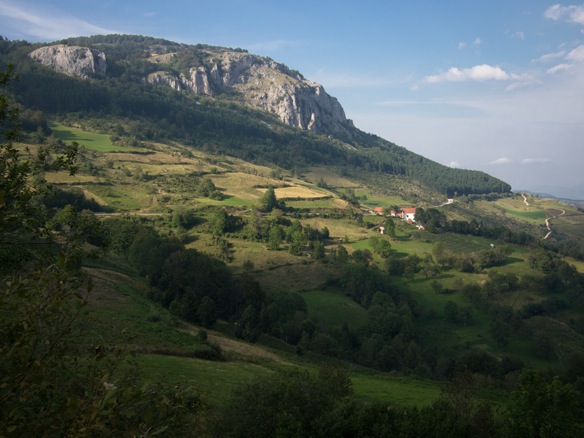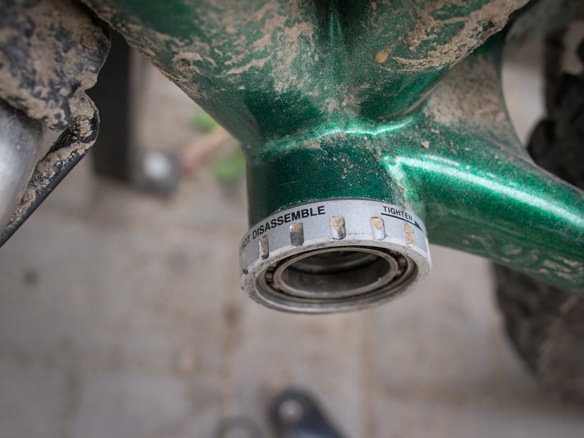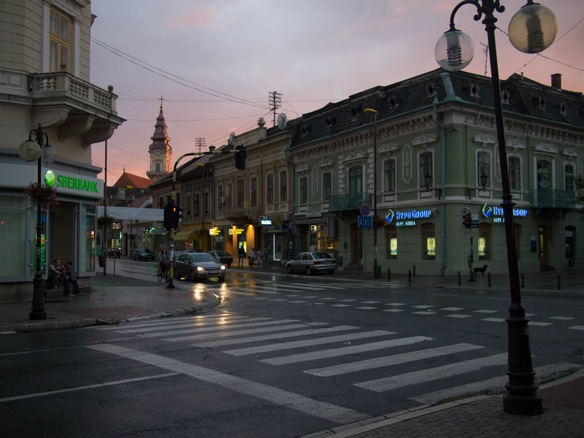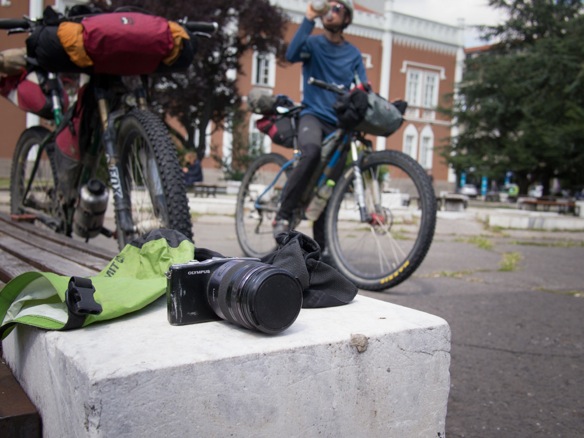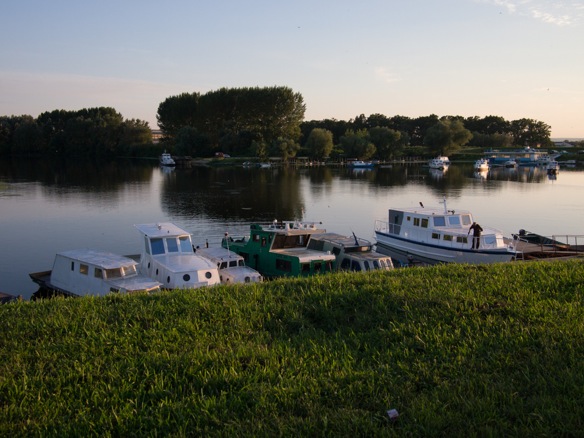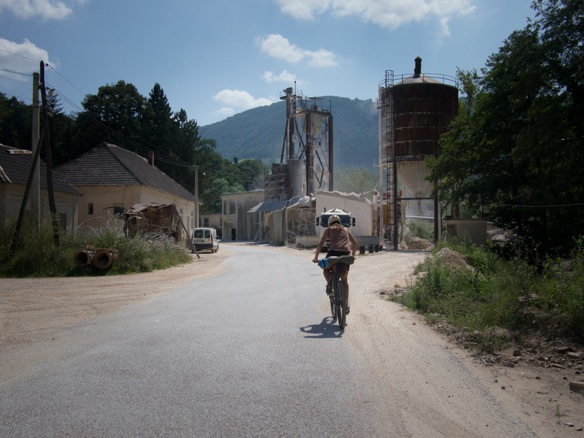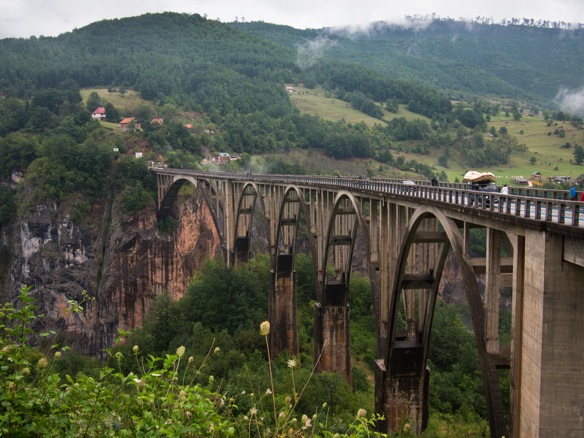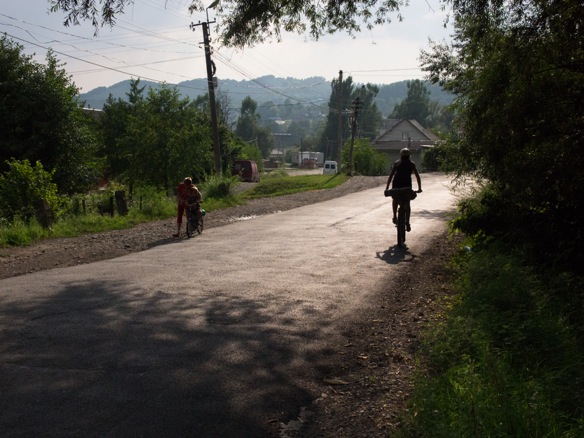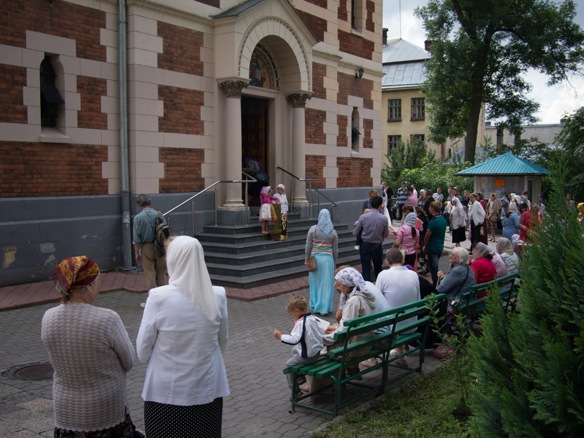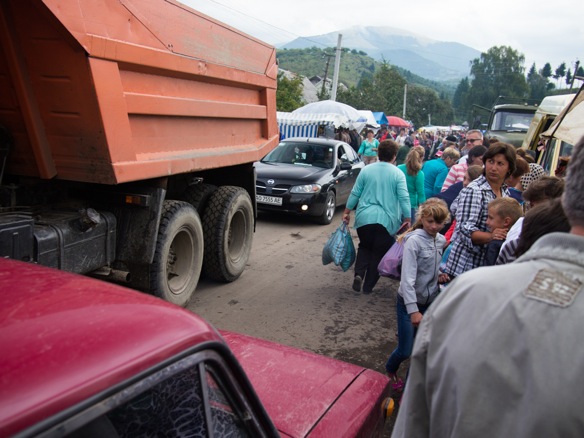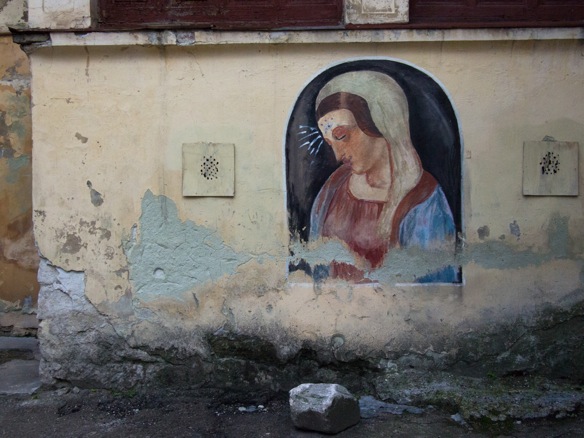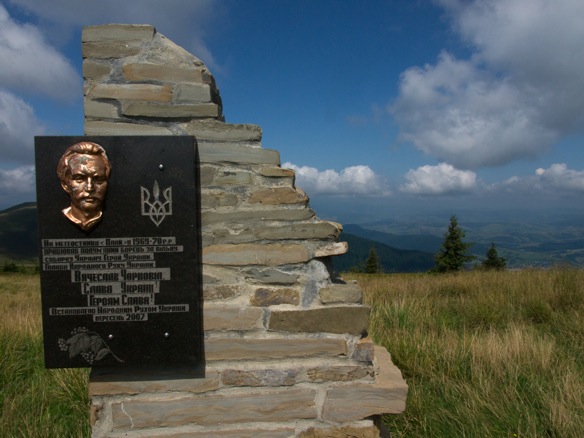
Abe rides a macadam road above the sea on the Adriatic Crest Route in Croatia, a route mapped and published by Joe Cruz on Bikepacking.com.
The man uses both hands to carry the steel bucket out from his cramped home, which is half of the ground floor of some kind of outbuilding to the larger home on the property, which is shuttered for the season. We’ve asked him for water, but mostly we are just poking around a small community in the mountains in the rain to see what there is to see. The dirt road we were riding intersected a paved road from the coast, which appears to end here. My default topic of conversation when I don’t speak much of the language is to ask for water. The man obliges, but I hear him say malo which means little and I try to say that we don’t really need to take his water. He walks away toward the sink and lifts the bucket, walking it across the room and through the door to us. He leaves it on the table and offers a plastic mug to scoop the water to fill our bottles. I look into the bucket and laugh. He looks at me. I look at him, surely he is joking. There is a dead mouse in the bucket, floating peacefully in the water. I gesture to Abe, and look back at the man. It is clear that he hasn’t seen it yet, but when he does, he doesn’t laugh. He lifts the bucket and dumps it off the ledge into the grass. We walk over to a concrete cistern with a steel cover. We lower another bucket into the well and fill our bottles.
We have only been in this country for two days, and it feels like two weeks.
There comes a time when wearing a rain jacket is pointless. The rate of rainfall and the rate of perspiration are equal and you can choose to be hot and wet, or well-ventilated and wet. The conundrum, a topic of conversation more than a real problem, has us thinking on a long climb above the coast. We could see the Adriatic Sea, except we’re climbing in a thick cloud and can’t see anything. But I couldn’t be happier that our biggest challenge is trying to decide if we should wear rain jackets or not. Three days ago we were wrapped in our sleeping bags under a wooden pavilion outside Ustron, Poland wondering how we would ride through this kind of weather for the next two weeks. The now-obvious answer— in retrospect— is that we wouldn’t. I made mention to Przemek that I was looking at trains to the south. He and I think much the same way, and he quickly began searching train timetables and weather forecasts for us on his Polish smartphone. The next day we were in Zagreb, the next afternoon giving ourselves bellyaches from ripe plums found on the roadside, the next evening finishing a grueling accidental hike-a-bike through a limestone canyon. Poland was a distant memory in less than a day. I’ll be back to Poland, and I think Abe is even more curious than me about what lie across that border. I’ve spent a great deal of time talking about “The Red Trail”, as I call it.
We came to Croatia because it was a convenient connection by train from Czechia. We’re here to escape the rain. I rode in the Balkans first in 2014 and since that time, I have always wanted to return.
My friend Joe Cruz stitched together a route through Croatia this year called the Adriatic Crest Route, which he published to Bikepacking.com. Joe is a philosophy professor at Williams College in Massachusetts who seems to cash in every free moment in life to ride his bike. I’ve crossed paths with Joe in New Mexico, Alaska, and Czechia, most recently visiting him at his country home in Vermont. I enjoy following his digital lines through space almost as much as I have enjoyed riding and traveling with him. I know just enough about him to sense the process of route design when riding his routes.
The Adriatic Crest Route begins across the border in Slovenia, to the north, and passes south to ride two of the larger islands in the country before crawling back to the mainland for the remainder of its path. We connect with the route from Zagreb, and join Joe’s routing where it leaves the islands for mainland Croatia, continuing south along a spine of coastal mountains toward the end point in Split.
The route is a pleasant blend of forest roads, leading up to a high point of 5200ft; narrow paved farm roads and rural routes; and a few fragments of rough doubletrack and singletrack. As with any route you will follow from Joe, there are some short walks with the bike to make essential connections.
Some of the prime features of the Adriatic Crest Route are a long summer season and pleasant late-summer days and nights, stunning scenery, and abundant fresh fruit. Yes, passing through populated areas and small towns results in an abundance of fresh fruits, especially plums, figs, apples, and pears. The riding is accessible, with some prolonged climbs. Several sections focus our attention to picking lines down the mountain, but mostly the riding is a consistent pace on roads of varying kinds.
While we missed the first part of the route which hopped across a number of islands up north, the southern part of the route reconnects with the coast and affords the opportunity to enjoy the rocky Croatian coastline and its mellow waters, an essential experience when visiting Croatia. After a week in the mountains, Abe and I were happy to finish the ride along the waterfront of Šibenik, Trogir, and Split. Deliberately slowing our pace afforded several lazy afternoons and an overnight beach camp before catching a boat into the busy touristic center of Split.
For more info on the Adriatic Crest visit Joe’s original post on Bikepacking.com.
Follow our ride on Instagram at @nicholascarman and @akschmidtshow.
————
Boarding the train at 5:45 AM along the Czech-Polish border, we roll across the Slovenian border at sunset, pass border control into Croatia in the dark, and arrive in Zagreb at 11PM. The air is warm and dry, the city is calm. Our decision to come south is brought with great confidence the moment we step outside.


In the morning, we awake to sun and clear skies.

Within a few hours of being in Croatia, we enjoy burek and kefir and begin our ride out of the city.

Burek is a pastry made of many thin layers of dough, filled with cheese or meat, and sometimes found with savory vegetable fillings or sweet fruit filings. A tart farmer’s cheese filling is the most common, and arguably the best. A greasy burek is best paired with a small jogurt or kefir.

Abe an I plot a route out of the town for the afternoon. The plan is to get into the local mountains and learn the ways of Croatian roads and trails. In a couple days we will connect with the Adriatic Crest Route. For now, we soak up the sun and new surroundings.


Learning the ways of Croatia. The mountains are steep. Not all trails are rideable, not all trails get regular use or maintenance. Abe and I descend an overgrown trail into a strenuous downhill hike-a-bike in a tidy little limestone drainage. Little do we know what is ahead.

Passing the point of no return. Of all the times we should have decided to turn around, we’d look at the GPS and declare, it is just another 0.41 miles.


Little do we know that it ends in a 100 ft waterfall. There is a trail around it, but it is so steep that we hike it all first without the bikes, then come back for our beasts of burden. There are steel cables along a portion of the descent, which help. The rest is a creative and physical endeavor. At least it finishes with a great place to swim.

We exit the forest at sunset, to the minute exactly, and rip down a packed limestone road to the nearest town. We order a beer and laugh at the whole endeavour— barely a half day out of Zagreb and we’ve already given ourselves a week worth of adventure. We find an unoccupied building in the middle of town to bed down in, mostly to keep the dew off. It is always fun to interpret the former use of such buildings by analyzing the interior. Whenever I first enter an old building like this, i walk around and try to identify the different rooms. I imagine myself as the cook in the kitchen or the headmaster at a desk. Then I find a little piece of floor without any broken glass or tiles.

Our first morning outdoors in Croatia, and the beginning of a long transport day to get closer to the coast to connect with Joe’s route. After yesterday’s experience, we agree to follow “mostly roads” today. Mostly we keep to cycling routes shown on the Open Cycle Map in Gaia. By the end of the day we’ve ridden 70 miles, which Abe informs me is the longest distance he has ridden on a bike in one day.






It is good to see a variety of signed cycling routes and advertised touristic loops for bicycles.




After a period of lowland riding, we pass back into the mountains and ride over a series of N-S trending ridges nearing the coast.

Resupply.

Finally, cresting a ridge at close to 3000 ft, we descend to connect with the Adriatic Crest Route. Our first few pedal strokes include a mellow descent above the sea.

Some singletrack.

Rocky abandoned doubletrack, or doublesingletrack as I’ve often called it.

The command center has grown over the years, with a camera bag on the far left and a large insulated wine holster on the right (aka Revelate Feed Bag). The Sinewave Beacon headlamp simplifies things a little as the USB charging device is housed within the light’s head unit. I use both a Garmin eTrex 20 and an older iPhone 5 on the handlebars for navigation. The Garmin provides all weather function, best for existing routes and inclement weather. The iPhone is not in a waterproof case but helps when navigating cities and for some large-scale routing, as well as quick wifi missions in town. Abe and I are both running the Gaia program, and are beginning to dabble with Komoot for route planning as well.
Deer Tick plays on repeat for a couple of days.
A liter of graševina in the Feed Bag, with a bit of rosemary for dinner.



We begin to see these fruits, which I recall are called thana in Albania. In English, they seem to be called Cornelian cherry, scientific name Cornus mas. They are bitter like a cranberry but eventually ripen to the point that you could eat them. In Albania they were being collected to be made into raki, a homemade liquor.


With rain in the forecast, we enjoy a dry evening above the Adriatic Sea.



Morning is warm and damp, but not uncomfortable in any way. Rain jackets come on and off throughout the day as we wind our way up to the high point on the route at 5200 ft.


We are in a section of the route which is described as having no immediate resupply for over 100 miles. However, we encounter a vender on a mountain road selling smoked cheeses and honey. The cheese only comes in 1 kilogram rounds. A kilo of cheese is no match for two hungry riders and I pass over the cash in the rain. This powers us all the way to the end of the route.

Nearing the top of the National Park Sjeverni Velebit, which would normally provide stunning views of the mountains and the islands below.

At 5200 ft, we’re stuck in a cloud. The mountain hut provides respite from a damp day.

The history inside the building is obvious the moment we enter with photos of the hut in winter and memories from mountain conquests in the Himalaya and other distant lands.




We sign the guest log, purchase a beer from the caretaker, and enjoy a few moments in a wooden chair out of the rain.

Descending from Zavižan, we look for a place to hide away for the night.

This old forest cabin remains as a shelter. Incidentally, another 100 yards down the road is another cabin which is equipped with a wood stove and other amenities such as cots and jars of coffee and tea. Even so, this one is clean, and dry.


The national park encompasses a broad mountain massif and protects several higher peaks and a large forest.


Some of the shelters listed on our maps are closed for the season, although they would normally be staffed through the summer.

Descending out of the clouds, we drop into a world of limestone crags.





A popular climbing area, with routes shown on this map.


Joe’s GPS track takes us from one valley to another via a “short hike-a-bike”. It was short, and totally pleasant. I laugh to myself, because I’ve been on some long hike-a-bike segments with Joe and know his great love for pushing his bike. I’ve been told I am the same way. It must be a matter of perspective.

Most hiking trails in Croatia are signed with this bullseye pattern.


Limestone and beech trees.

The route drops us into the town of Gospić, where we quickly resupply at the supermarket with a stop at the bakery and are out of town just before dark to find camp in a farm field under the hum of high-voltage power lines. Rain returns overnight, and showers are forecast to come and go through the next few days. The plan is to ride when it is dry, and find cover when wet— if we can.





A final climb should take us over a rocky pass to sea level for the first time.



The jagged limestone mountains are different than what we’ve been seeing, and as soon as we cross the high point the climate changes. There are distinctly different climates between coastal Croatia and inland areas. The coast is mostly dry and rocky.

Descending to sea level at Obravac, we encounter a group of boys in town. Rather, I immediately lean my bike against the bridge and slip off my shoes and shirt. I hoist myself onto the railing and dive into the river. The boys come running.
They speak some English, I toss a little of my Ukrainian at them for fun, which they mostly understand. I try my hardest to convince them to come swimming, but mostly they just want to get me to do a “backflip”.
Unprompted antics for the camera.

Serious faces.

And our first fig tree, on the climb outside Obravac. Thus begins our obsession with figs.

Thunderstorms brewing.

Home for the night. This part of Croatia has tons of abandoned buildings, as well as old stone walls and other aging infrastructure. This area feels much older than the inland cities.


Look at the size of that fig tree!


While bathing in a local river, we discover an old limestone building with a well. There are actually a series of buildings which we interpret to be some kind of mill. Water is channeled into several different pathways.


To drive these machines.

The area between Obravac and Šibenik is interesting. Low hills, scrub oaks, lots of limestone walls and buildings. Lots of abandoned buildings, some old, some not that old.




Soon enough, the river we expect to cross comes into view. The Krka River is locally famous for its travertine waterfalls, and the hydroelectric history that was pioneered in this area. We’re mostly just looking for figs and swimming holes.


We also see the first of many signs celebrating the local HNK Hajduk Split football club. Split is our near destination, and the team’s patters show up all over the place. Abe photographs his Advocate Cycles Hayduke in front of the “Hajduk” graffiti. A hajduk was a peasant warrior, something between a robber and a hero, who famously opposed Ottoman forces in the Balkans.


A series of pools and lakes are found along the path of the Krka River, making for some prime swimming opportunities, even on a humid and damp day. We manage to avoid most of the major deluges that day, until the evening.


In the final miles, we pedal through a pounding rainstorm and rummage around an old factory until we find a building with a good roof. Setting up tents in the rain is no fun, rolling into a spacious two bedroom apartment with great ventilation and good views— priceless.

Croatia provides palatable wines, although this is actually a Macedonian bottle. We don’t quite have the appropriate stemware, but these little 0.6L titanium pots suffice.
To my untrained palate, most Croatian wines taste like cooked sausage and onions, with notes of coffee and a touch of titanium. Or is that just my kitchenware telling me it hasn’t been washed properly in a month?


The morning is hot and sunny, and everything except for our shoes are dry.


Šibenik.

I love these old concrete block apartment buildings.

The bike section at a supermarket. They sell dynamo lights at the Kaufland! Many urban bikes in Europe are equipped with rack, fenders, and a bottle dynamo.
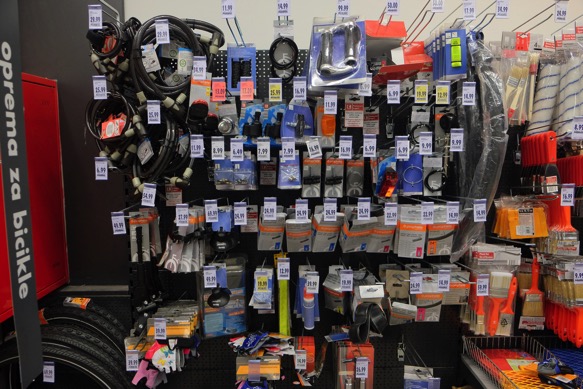
Grapes.

Craft brew, from Zagreb.

Figs. Everybody loves them!

A large comercial vineyard leads us to a big rocky climb.

Joe’s instructions: “overgrown, push through”.

And push up.
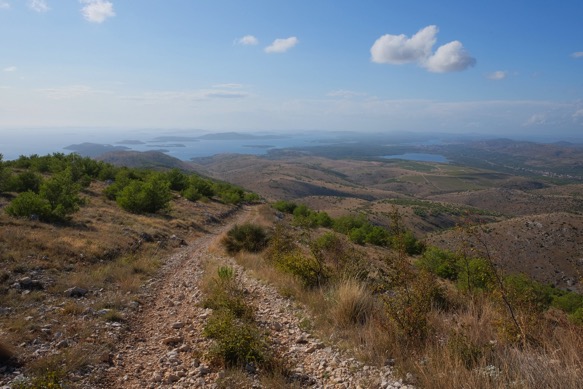

If you think you’ve seen a lot of figs, imagine how many we have eaten. So, many, figs.

Figs are rotting on the roadsides they are so plentiful. Many local people will harvest and dry them for the rest of the year. But nothing beats a ripe fig.It took Abe no more than one fig to became as rabid a fan of this fruit as I am.




Trogir, our first real taste of high-density Croatian tourism. The city is beautiful and historic and worth a visit, but I’m glad our routing hasn’t been along the coast the entire time.





We push out of Trogir in the afternoon and ride to the end of the road, until it turns into a trail. We hike our bike the final few minutes to a remote rocky camp.

Croatia is everything the tourist office wants you to think. The craggy limestone mountains are just as you expect, the sea is as good as it looks, and the figs. Oh, the figs.






The final few kilometers of the route include a ferry from the island into the center of Split. What a way to finish the route! I love when routes finish in a city or at the sea, or both, and I love putting my bike on a boat.

After a rest day in Split we’re off to Bosnia, Montenegro, and Albania!



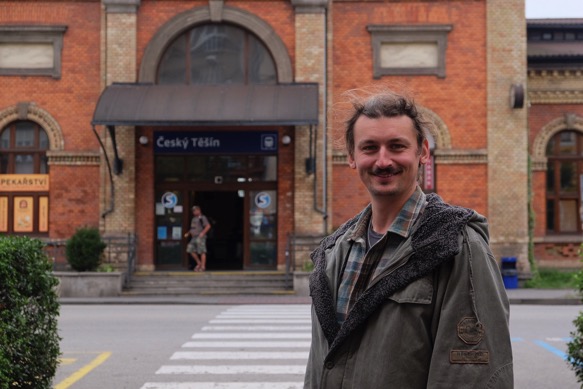

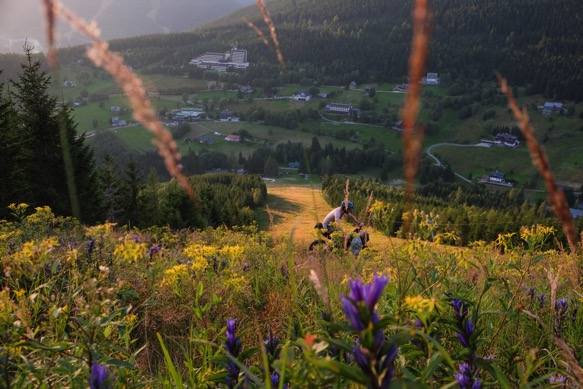
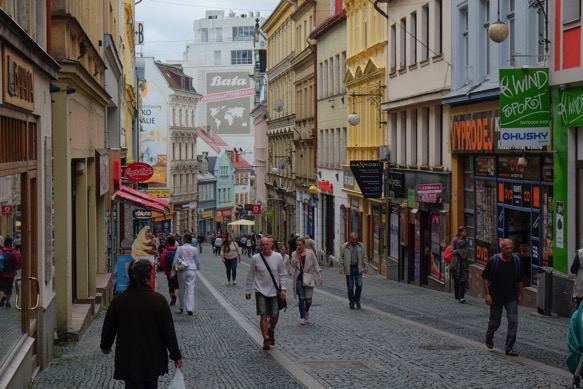
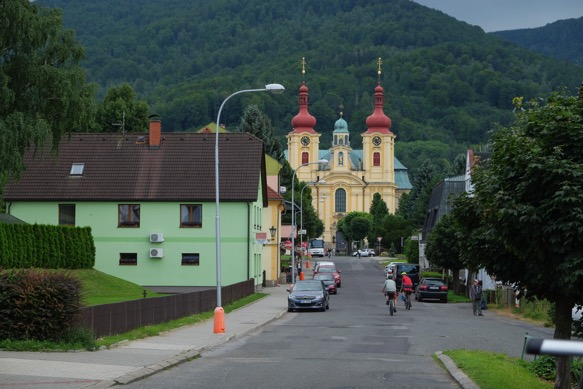
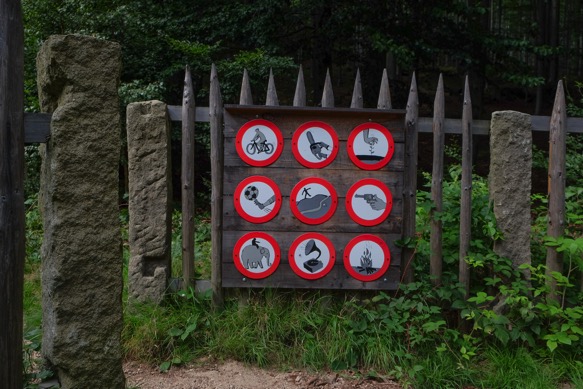

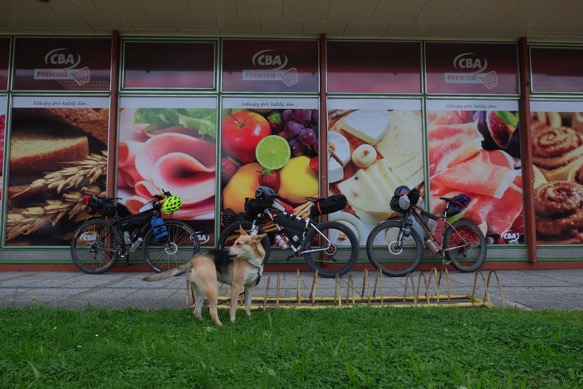

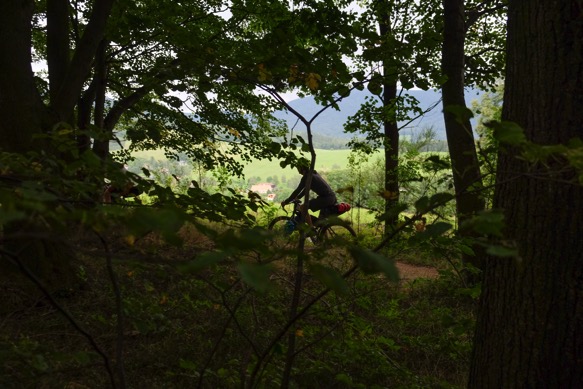
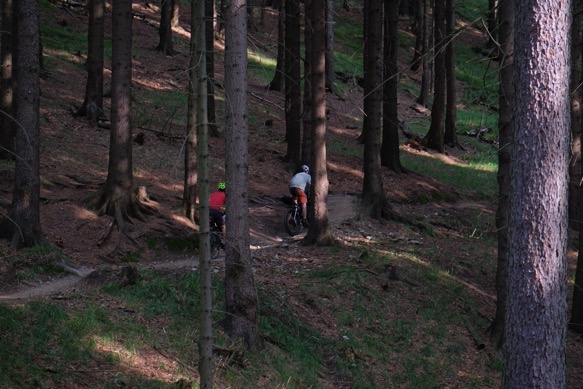
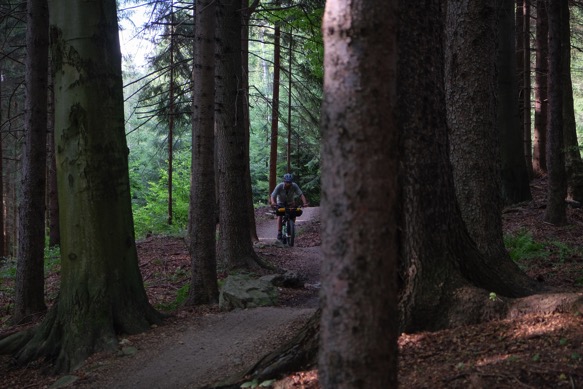

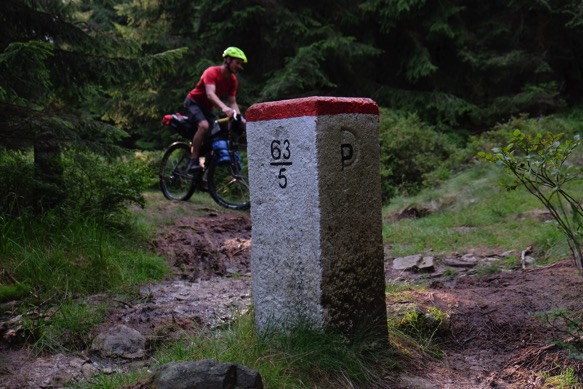
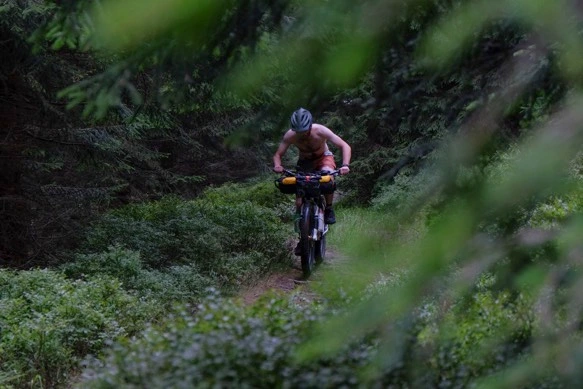
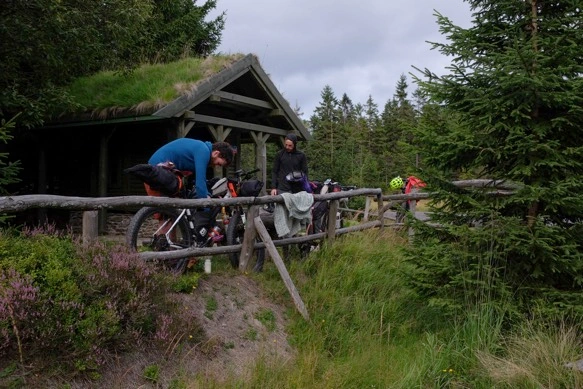

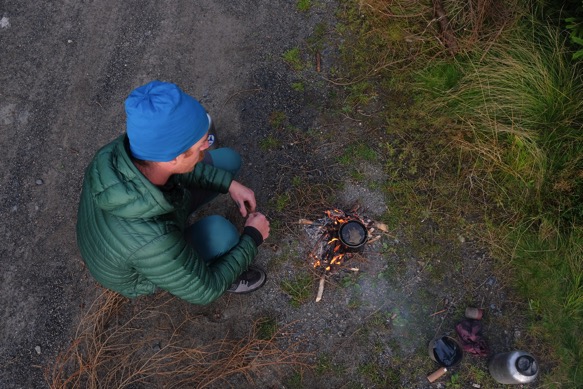

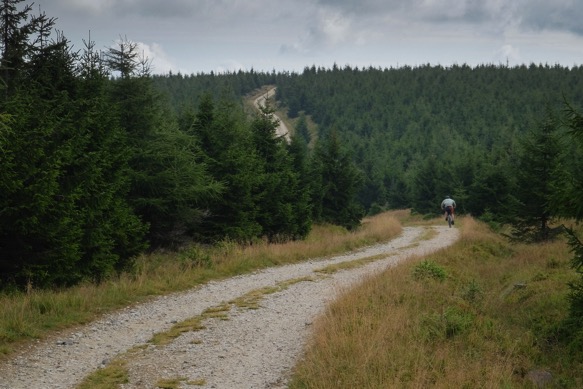
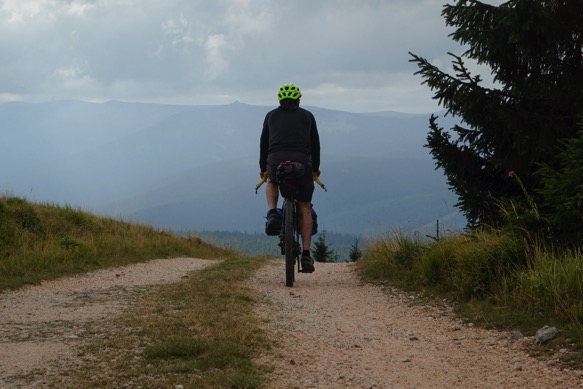

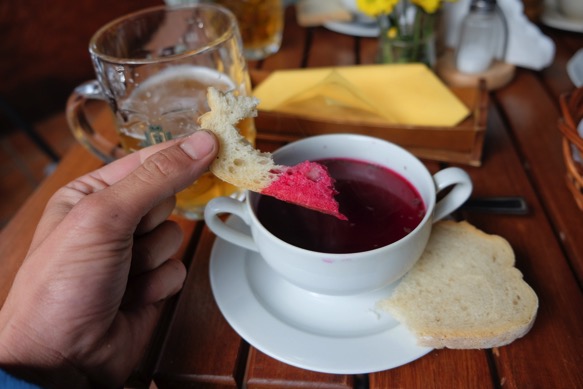

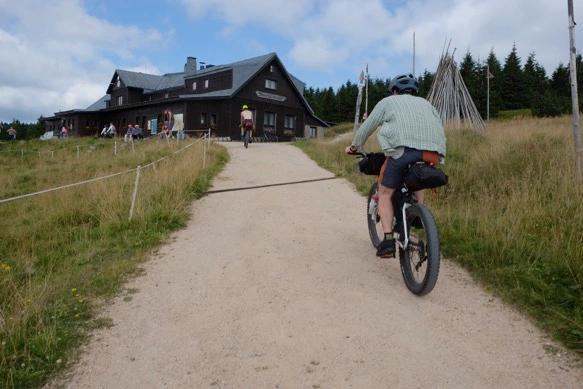

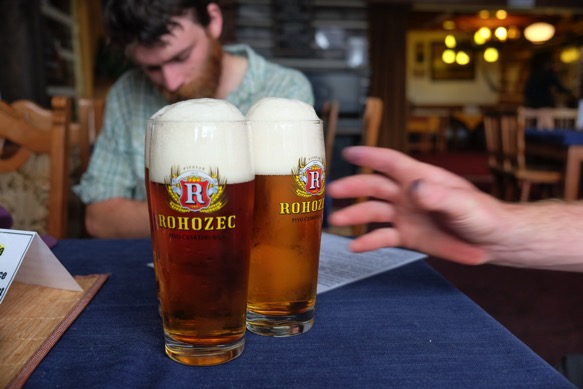
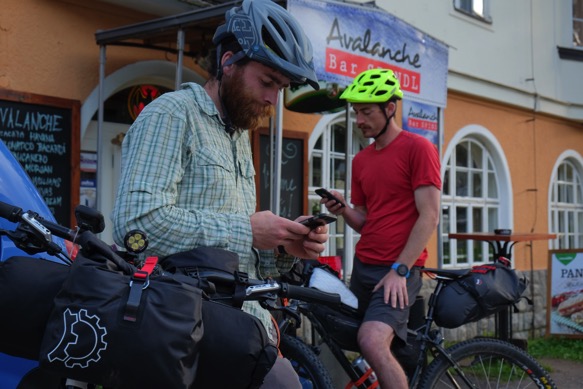
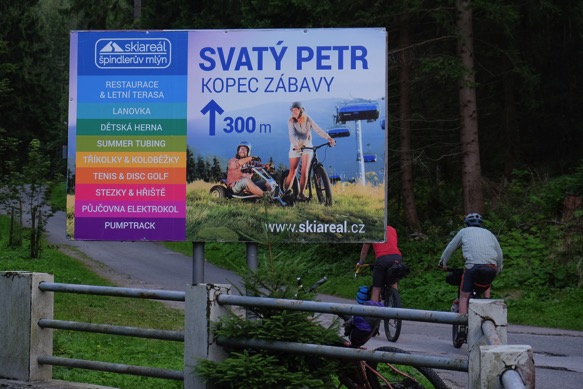


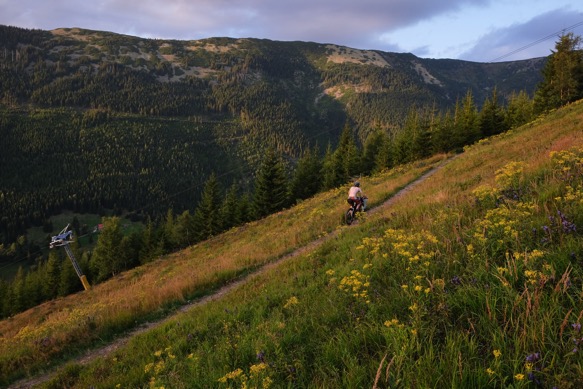
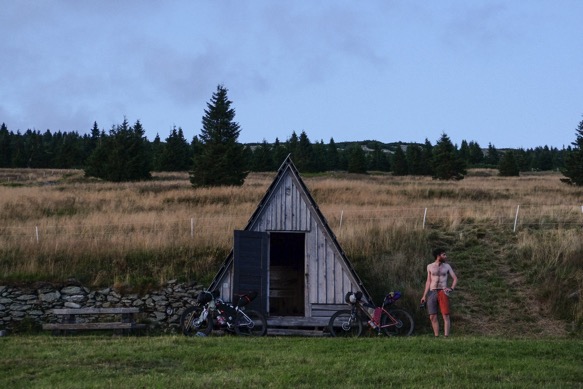

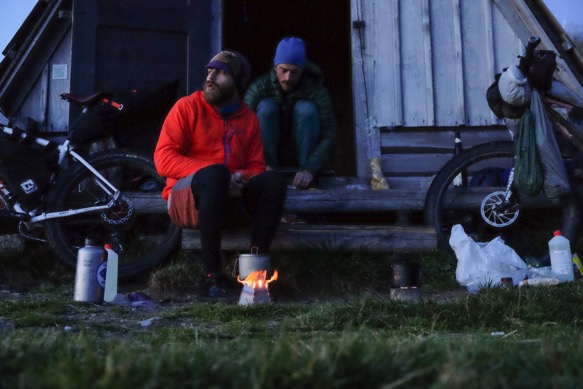

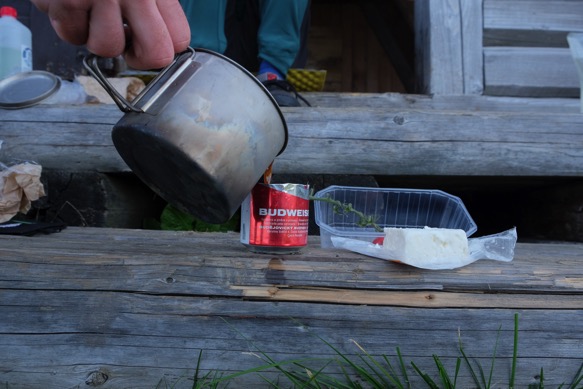


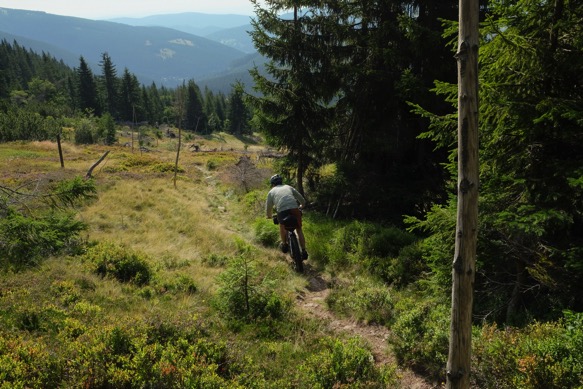
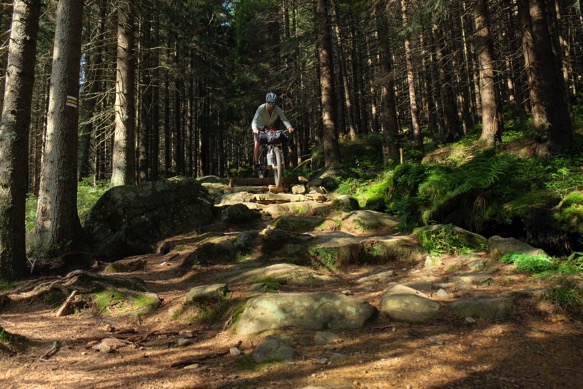
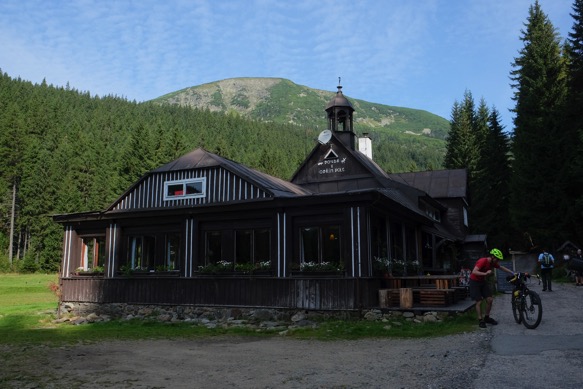

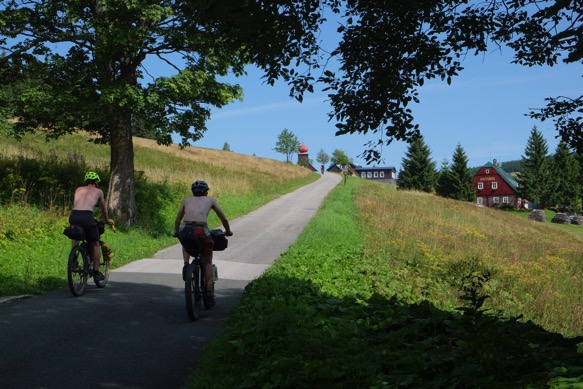
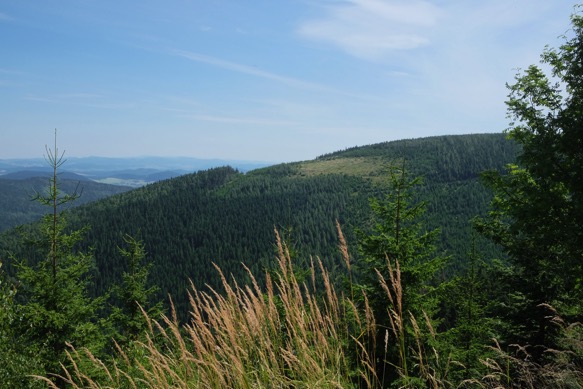

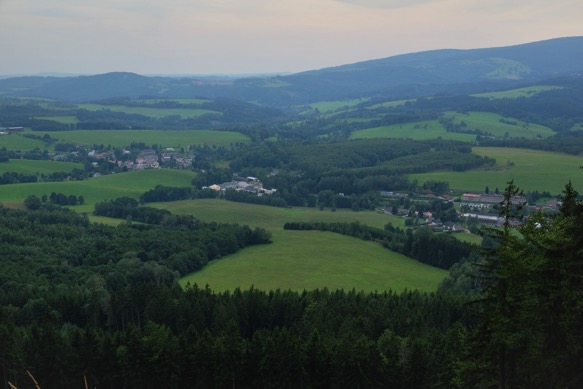

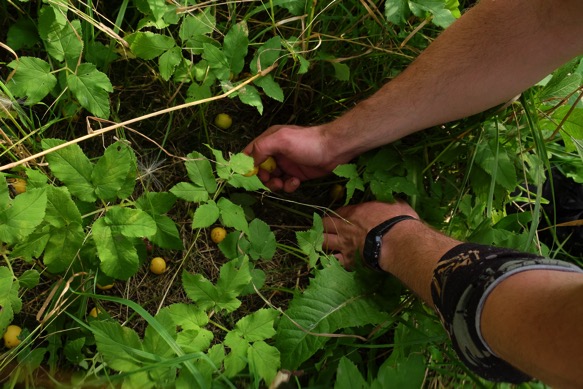
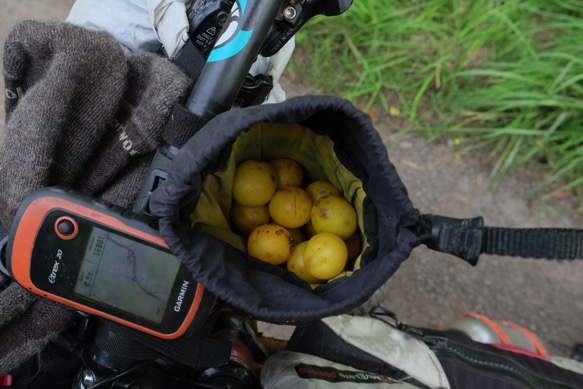
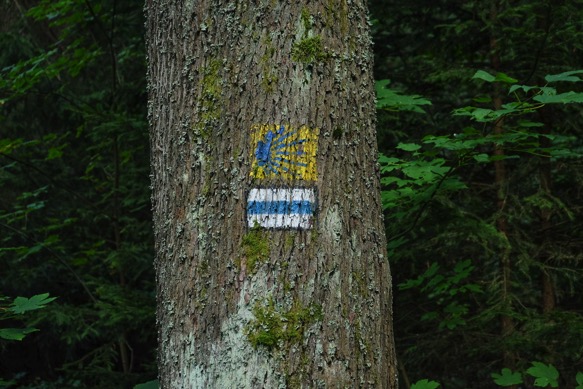
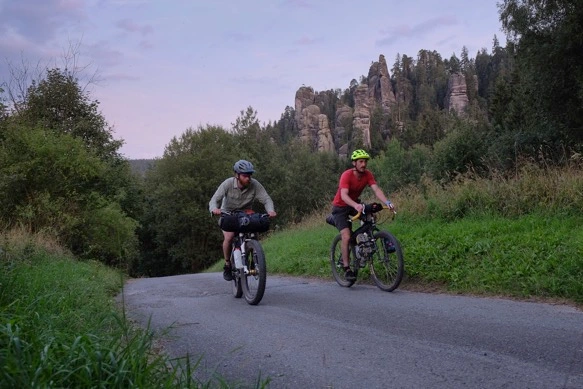


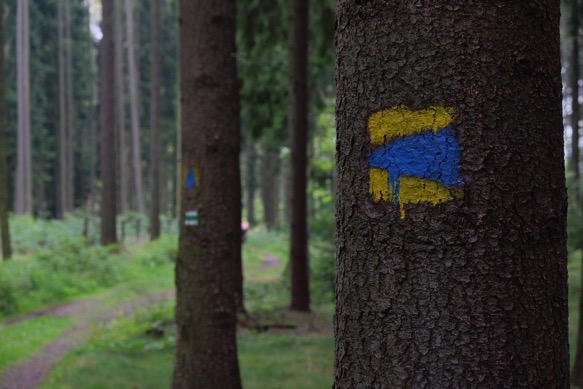
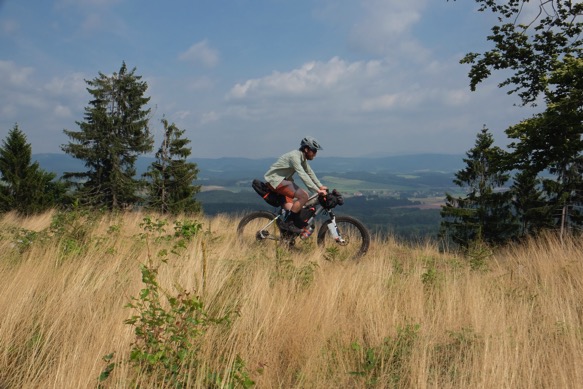

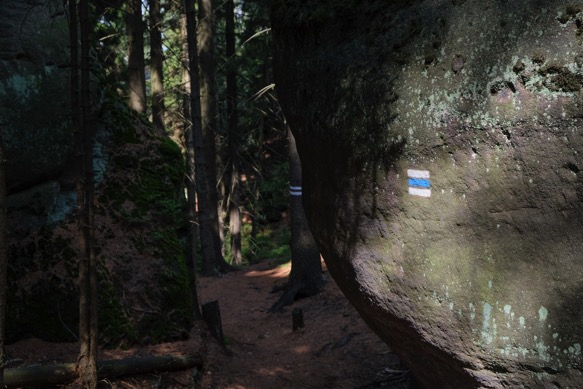


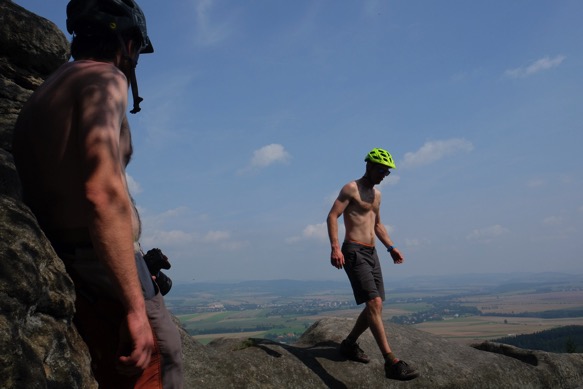
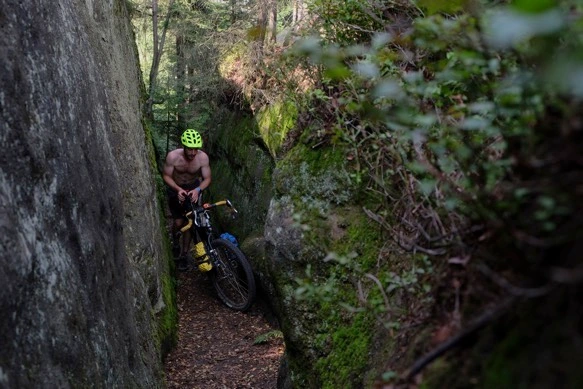
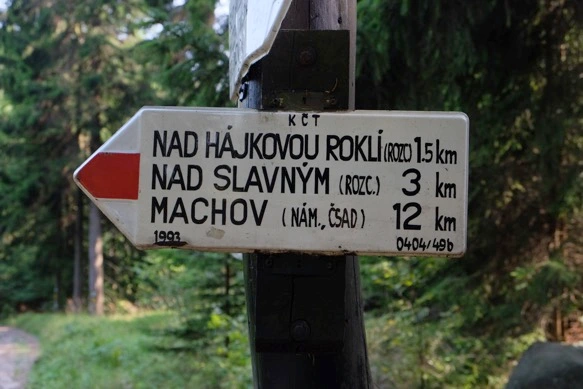



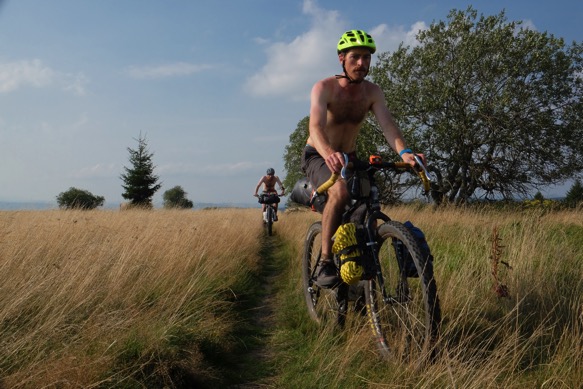

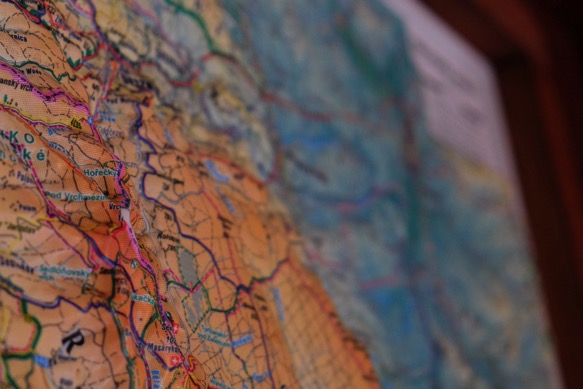
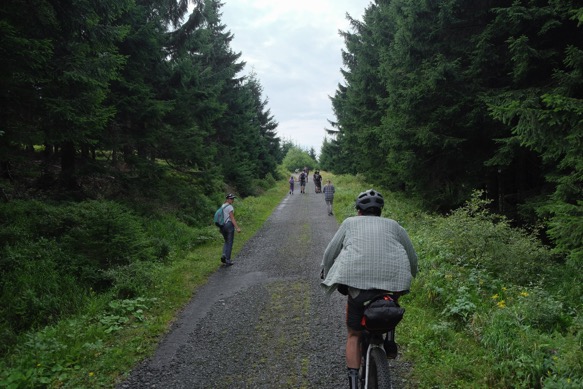


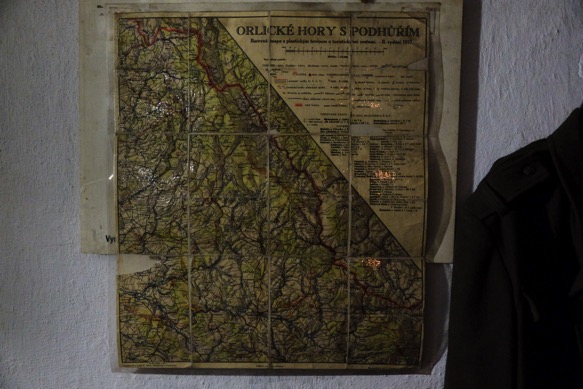

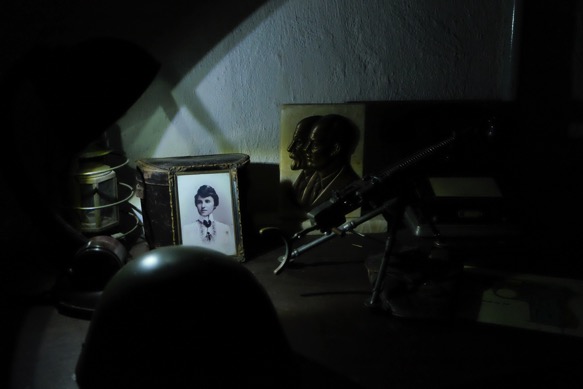
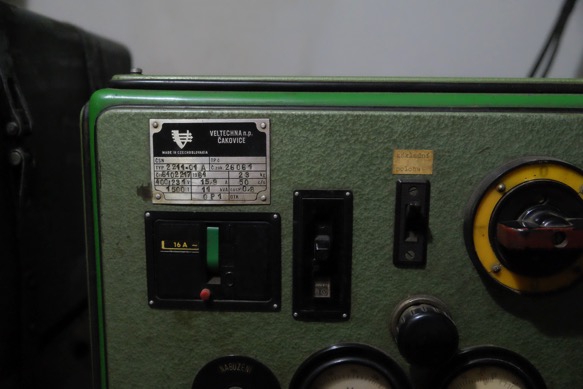

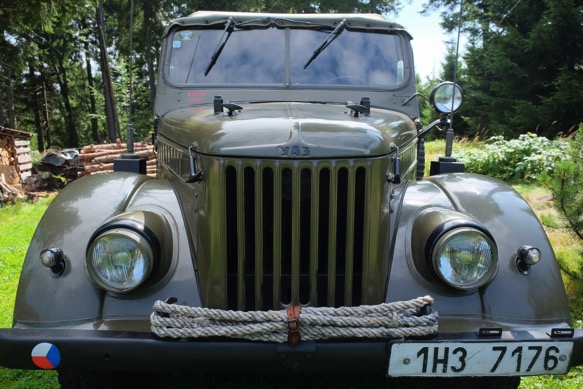
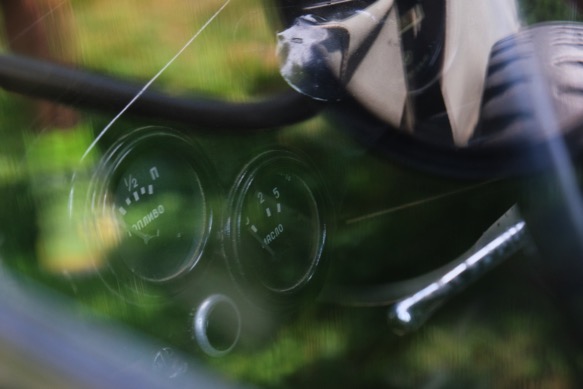
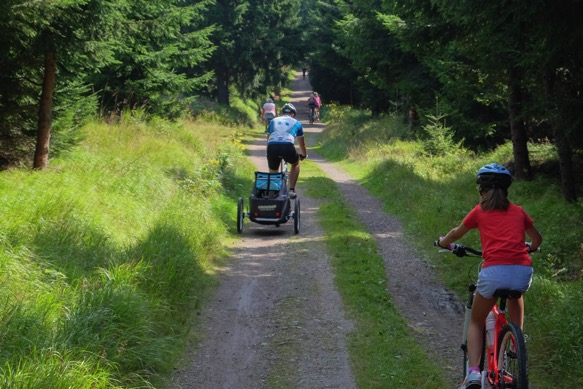
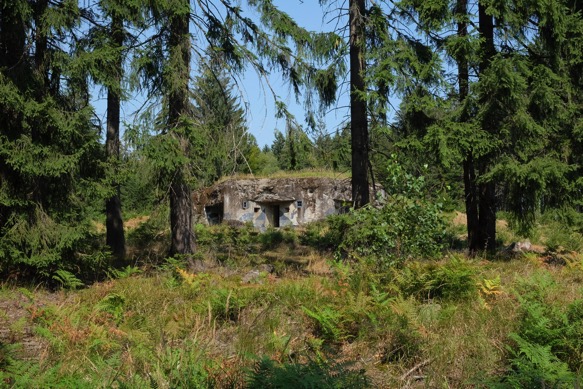


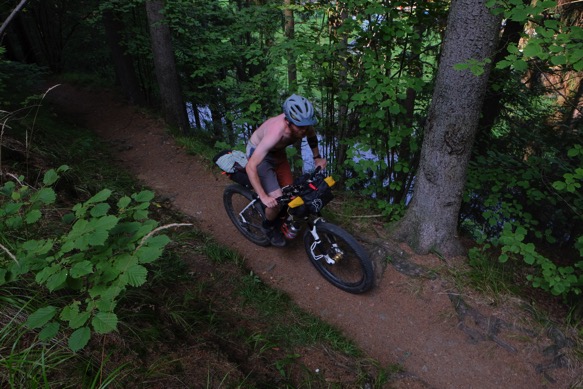
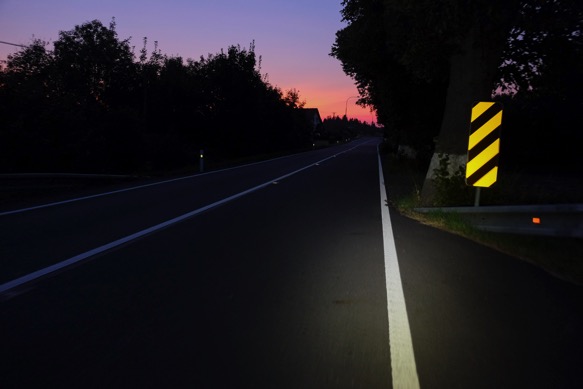
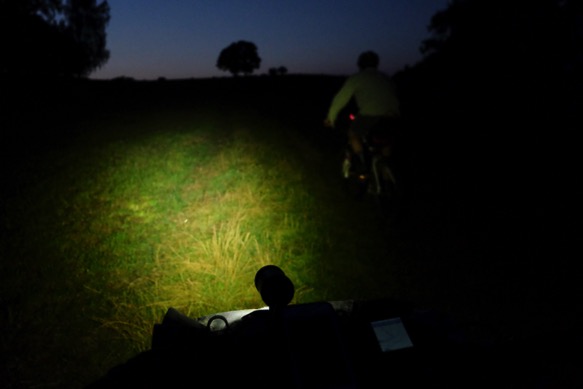
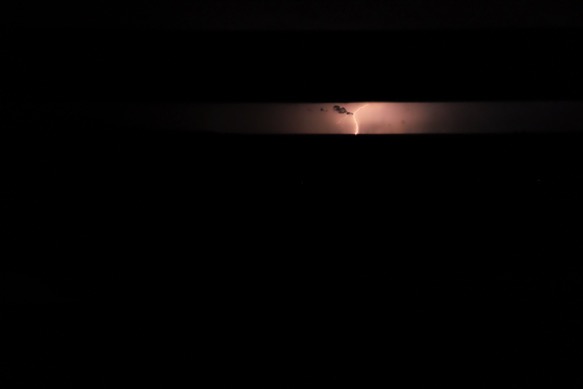
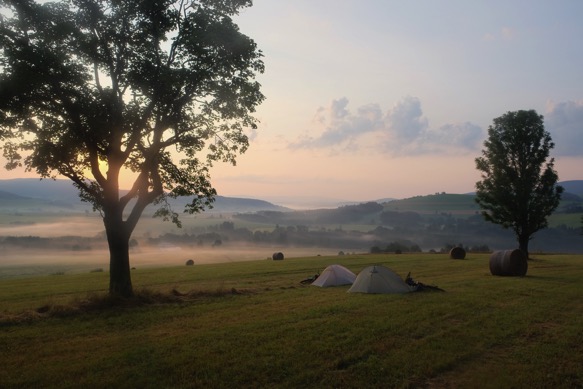
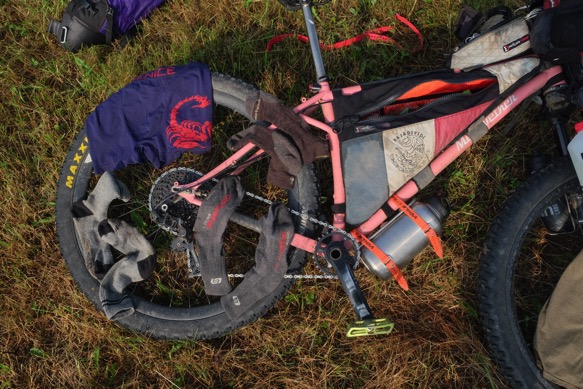
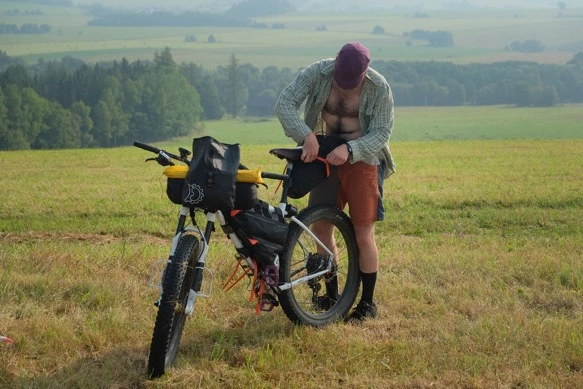
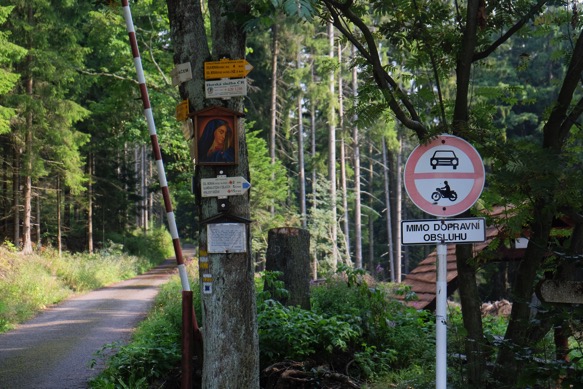
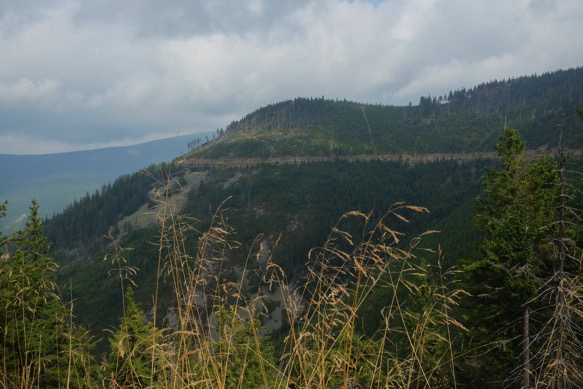



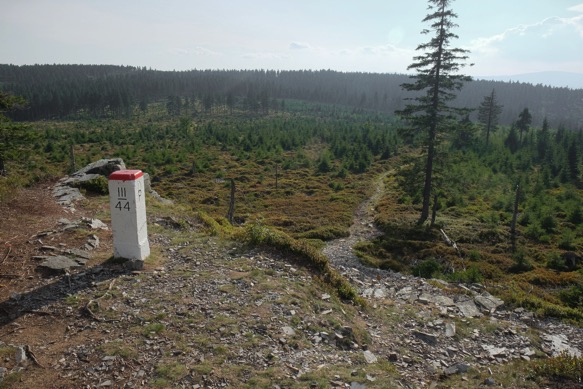
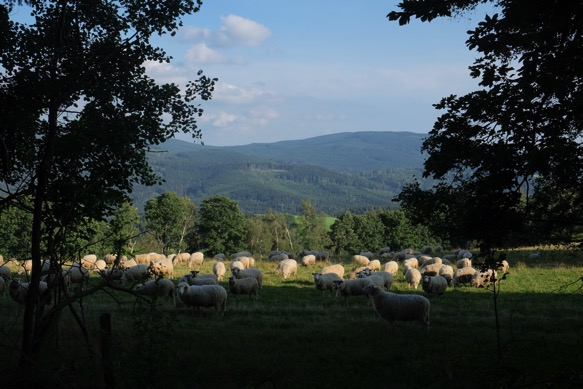
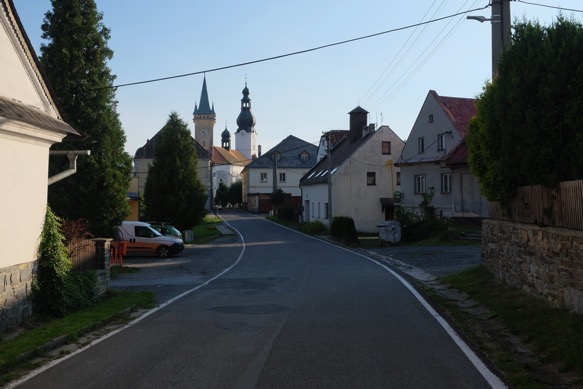











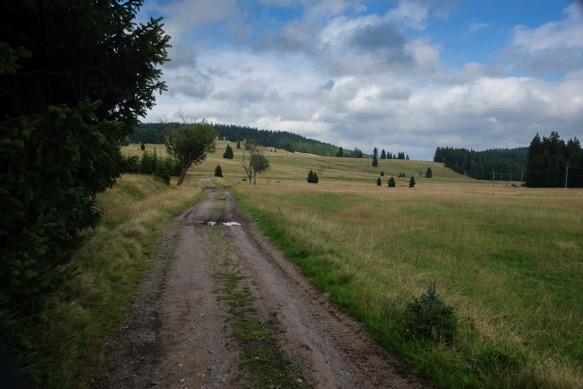
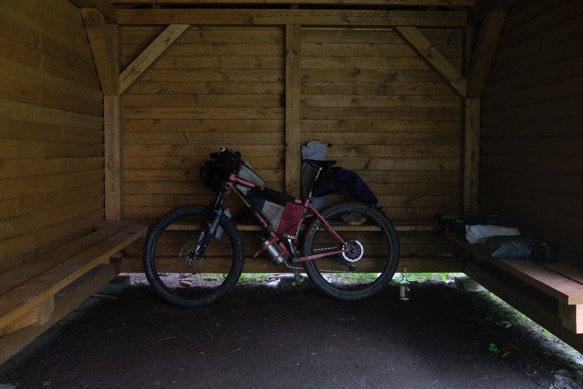









































































 Luxembourg, GR5/E2 trail
Luxembourg, GR5/E2 trail
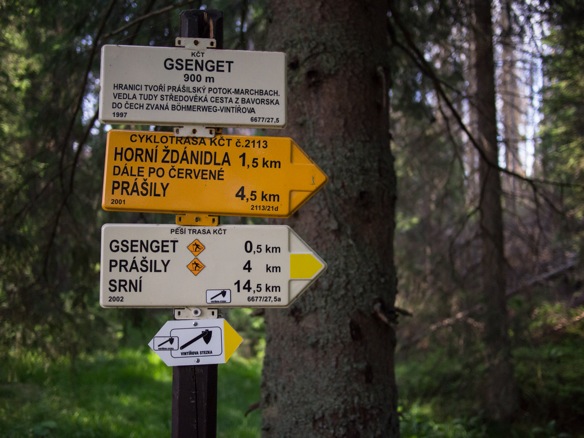





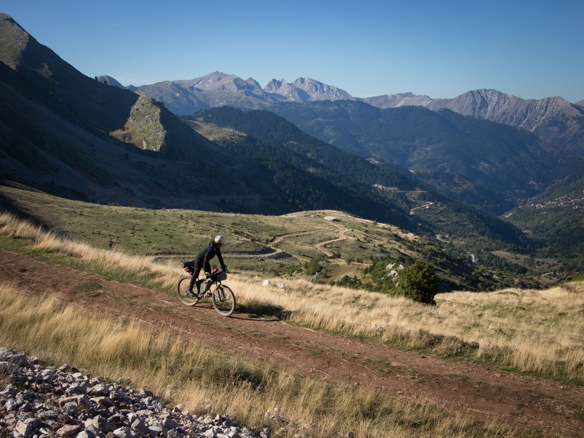







 Belgium, GR5/E2 trail
Belgium, GR5/E2 trail Albania
Albania
